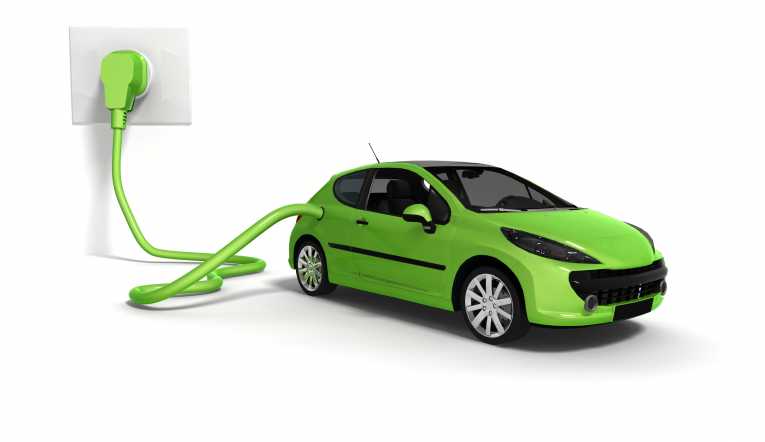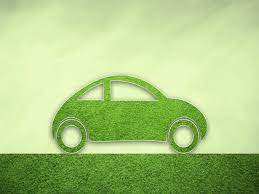What is Green E-vehicle ?
A “GREEN E-VEHICLE” likely refers to an environmentally friendly or “green” electric vehicle (e-vehicle). Electric vehicles are automobiles that run on electricity rather than traditional internal combustion engines powered by gasoline or diesel. These e-vehicles are considered more environmentally friendly because they produce zero tailpipe emissions, reducing air pollution and contributing to efforts to combat climate change.
Here are some key characteristics of green e-vehicles:
- Electric Power: Green e-vehicles are powered by electricity stored in batteries or other energy storage systems. They use electric motors to propel the vehicle.
- Zero Emissions: Since they don’t burn fossil fuels, electric vehicles produce no tailpipe emissions. This helps improve air quality and reduce greenhouse gas emissions.
- Energy Efficiency: Electric vehicles are generally more energy-efficient than internal combustion engine vehicles. They convert a higher percentage of the energy from the grid to power at the wheels.
- Reduced Operating Costs: Electric vehicles tend to have lower operating costs compared to gasoline or diesel vehicles because electricity is typically cheaper than gasoline, and electric vehicles have fewer moving parts, resulting in lower maintenance costs.
- Battery Technology: Advances in battery technology have led to longer driving ranges and faster charging times for electric vehicles, making them more practical for daily use.
- Green Energy Sources: The environmental benefits of electric vehicles can be maximized when charged with electricity from renewable energy sources like solar or wind power.
- Government Incentives: Many governments around the world offer incentives to encourage the adoption of electric vehicles, such as tax credits, rebates, and access to carpool lanes.
- Variety of Types: Electric vehicles come in various forms, including battery electric vehicles (BEVs) that are entirely electric, plug-in hybrid electric vehicles (PHEVs) that combine an electric motor with a gasoline engine, and hydrogen fuel cell vehicles (FCVs) that use electricity generated by a chemical reaction between hydrogen and oxygen.
- Environmental Impact: While electric vehicles themselves produce no emissions, the overall environmental impact also depends on factors like how the electricity used to charge them is generated and the materials used in their production.
In summary, a “GREEN E-VEHICLE” typically refers to an electric vehicle that is designed to have a minimal environmental impact and is considered an eco-friendly alternative to traditional gasoline or diesel vehicles. These vehicles play a crucial role in reducing carbon emissions and promoting sustainable transportation options.
Green E-vehicle in India
India, like many countries around the world, has been making significant efforts to promote and adopt green electric vehicles (e-vehicles) as part of its strategy to reduce air pollution, dependence on fossil fuels, and combat climate change. Here are some key points about green e-vehicles in India:
- Government Initiatives: The Indian government has launched several initiatives and policies to incentivize the adoption of electric vehicles. Some of these initiatives include the Faster Adoption and Manufacturing of Hybrid and Electric Vehicles (FAME) scheme and the National Electric Mobility Mission Plan (NEMMP).
- Incentives and Subsidies: The government provides various incentives and subsidies to encourage the purchase of electric vehicles. These incentives may include tax benefits, reduced GST (Goods and Services Tax) rates, and subsidies on electric vehicle purchases.
- Charging Infrastructure: The development of charging infrastructure is a critical aspect of promoting electric vehicles. India has been working to expand its network of charging stations to make it more convenient for people to charge their e-vehicles.
- Electric Two-Wheelers: Electric scooters and motorcycles have gained popularity in India’s urban areas due to their affordability, low operating costs, and suitability for short commutes. Several Indian companies have introduced electric two-wheelers to cater to this growing market.
- Electric Cars: While electric cars are less common in India compared to two-wheelers, there has been a growing interest in electric cars in recent years. Several automakers, both domestic and international, have introduced electric car models in the Indian market.
- Public Transport: Some cities in India have started using electric buses and rickshaws as part of their public transportation systems to reduce pollution and improve air quality.
- Environmental Benefits: Green e-vehicles in India contribute to reduced air pollution and lower carbon emissions, which is especially important in densely populated urban areas facing air quality challenges.
- Challenges: India faces challenges in terms of the high upfront cost of electric vehicles, limited charging infrastructure in certain regions, and concerns about the availability of electricity from renewable sources.
- Future Outlook: India continues to invest in research and development of electric vehicle technologies and aims to increase the adoption of electric vehicles significantly in the coming years. The government has set ambitious targets for electric vehicle sales and infrastructure development.
In summary, green e-vehicles in India are a growing and important segment of the automotive industry. Government support, incentives, and efforts to expand charging infrastructure are driving the adoption of electric vehicles in the country, with a focus on reducing pollution and promoting sustainable transportation solutions.




